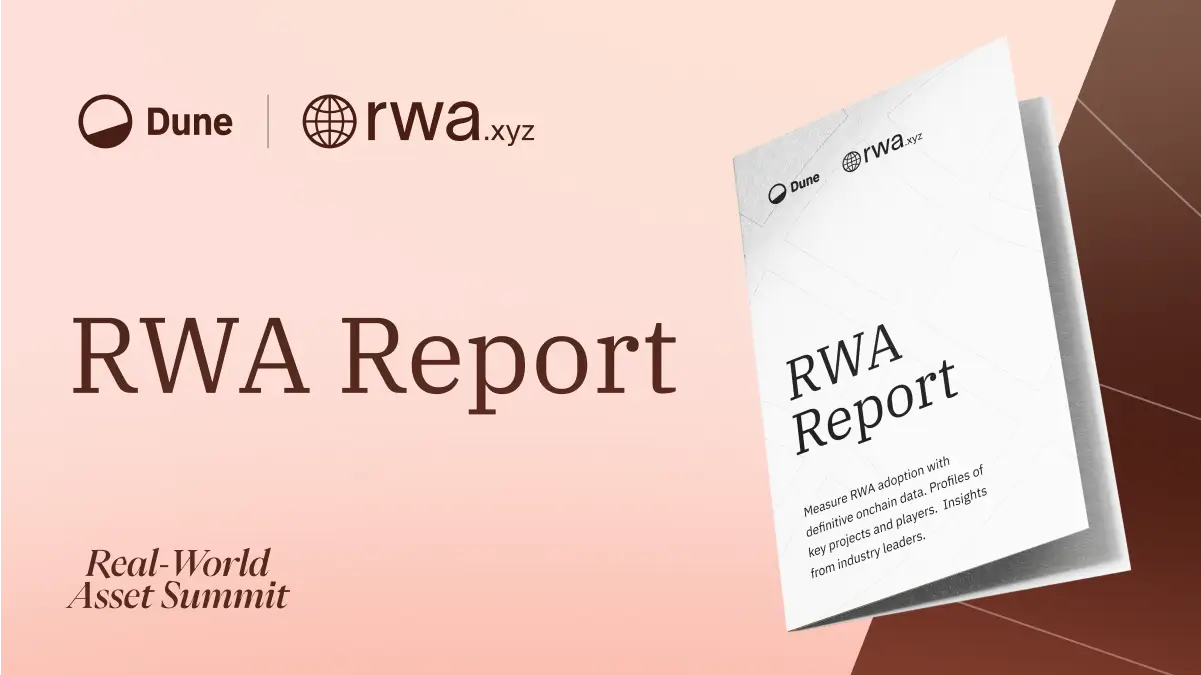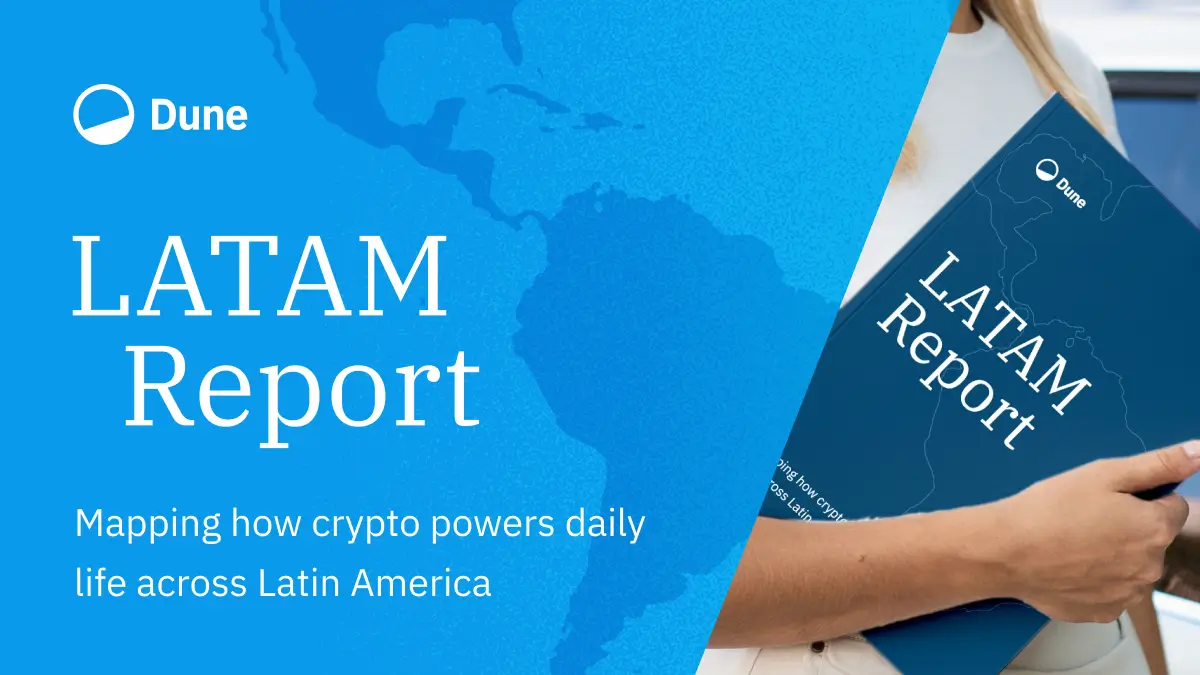Network Penetration - a measure of real growth
Network penetration is a great metric to measure growth & make product decisions
Exclusive content

Download Content


User growth. DAU. Retention. Market share.
We’re all familiar with these metrics, and rely heavily on them for our analyses. But they don’t always tell the whole story. In this article we’re going to talk about another metric you can add to your analytical arsenal - network penetration.
What is Network Penetration?
Network Penetration measures the share of total wallets on a network that have interacted with a given protocol. It’s a good proxy to understand the total share of on-chain attention a protocol has received within its network.
It’s a way to see how much of a protocol's total addressable market it has managed to capture, and how successful it has been relative to its potential.
How do we measure it? It’s simple. We work out the ratio by measuring the number of wallets that interacted with a protocol versus the total amount of wallets on the network.
Why is Network Penetration important?
There are a few key ways to use network penetration to help decision making and gain practical insights. Network penetration can help us to:
- Evaluate protocol maturity
- Make better product decisions
- Measure real growth
Let's take a look at each of these in more detail.
A gauge of protocol maturity
As with startups in general, crypto projects go through several distinct stages of growth before reaching maturity and a robust product market fit. Uniswap’s Network Penetration on Ethereum is a good example to visualize these stages.

- Stage 1 - Jan’19 to Jun’20 - Uniswap is in its early stage and finding its market. Network penetration hovers between 1-5% for a year.
- Stage 2 - Jun'20 to Oct’20 - Although Uniswap has already steadily outpaced the growth of the network since summer 2019 (Network penetration went up 5x in 1 year), it sees explosive growth during DeFi summer, outpacing the network’s growth by another 5x.
- Stage 3 - Oct’20 to Jun’21 - Uniswap becomes the go-to DEX and outpaces Ethereum’s growth by another 2x to reach 53% network penetration.
- Stage 4 - Jun'21 to present - Slow but steady decline, despite seeing a new ATH of 54.7% in early ‘22. Uniswap is now an established blue chip project.
*Due to Ethereum’s size and age, we filtered from the total wallets those that weren’t active since 2019. The criteria we chose for inactive addresses is a wallet that didn’t approve an ERC20 contract since Jan 1st 2019.
Network penetration is a very useful & quick way of evaluating which stage a project has reached, with projects in the “infancy” stage tending to have very low network penetration while established blue chips sit at a much higher ratio.
For another example, let's look at the DeFi/yields sector. Ribbon Finance’s Network Penetration is at around 0.07% while Yearn Finance, one of the pioneers of the space, is over 10x higher at 0.8%, down from an ATH of 3.2% in 2020 (45x higher than Ribbon’s).

This isn't an exact science, but you'll find that network penetration correlates well with the maturity of projects, and can help us understand how far they have to go to catch up with the leaders of their market.
Supporting Product Strategy
Network penetration can be a useful metric to support product strategy decisions, as one of several KPIs to show the optimal path forward.
- Low network penetration = the protocol should focus on gaining attention within the network. Growth, marketing, and competitive strategy are the order of the day.
- High network penetration = the protocol is increasingly dependent on the growth of the network itself. This is usually outside the protocol’s control - unless it is itself a major driver of new wallets to the network. At this stage, high network penetration can be a signal to shift strategy toward a focus on increasing engagement, retention and the LTV of users.
For example, Uniswap launched on Arbitrum in Summer 2021. Its network penetration skyrocketed a few months later to a crazy >80%. Through 2022 this fell and now sits at a 39%:

What happened? There are a few possible explanations. Back in late 2021 it was one of the only DEXes on Arbitrum & benefitted from its strong brand on other networks.
Also, back then, Arbitrum was a quiet place compared to today. In late 2021 Arbitrum typically saw 20-30k weekly users - today the figure is 10x higher. As a larger and more diverse userbase was onboarded, and competitors launched, Uniswap saw it's network penetration fall.
The 80% figure was somewhat unnatural, the current 39% network penetration is still excellent and the sign of an established blue chip. Regardless, Uniswap is past the stage of hyper growth within the network itself and should now be focusing on improvements for existing users.
On Optimism, it's a slightly different story. Network penetration now stands at 26%, and has been booming in recent months - almost doubling since September:

On Optimism, Uniswap's best days may still be ahead of it - which could suggest a different marketing & product strategy!
Measuring real growth
By measuring network penetration, we can compare how a protocol’s user growth is trending relative to the growth of the network it's on. We can roughly break down growth into two main types:
- Organic growth: protocol growth driven by network growth
- Real protocol growth: the protocol adds more users than the network and gains more user visibility within the network
The first is a “rising tide lifts all boats” effect, while the second measures a more specific and promising kind of growth.
We assume that, all other things being equal, the share of new users interested in our product is similar to the share of current users. Therefore, a protocol's growth should typically keep pace with the growth of the network it's on.
Let’s look at a few hypothetical examples.
- Protocol growth > Network Growth: good! The protocol is gaining attention within the network and/or onboarding new users to the network.
- Protocol growth = Network growth: neutral/good. The essential part of the protocol growth is organic and the protocol is benefitting from the network’s overall success.
- Protocol growth < Network growth: bad! The protocol is not onboarding new users as fast as the network, its share of network attention is decreasing.
Let’s use a fast growing DeFi protocol as an example, GMX. We can see below GMX’s network penetration trends on Arbitrum and Avalanche since the protocol’s inception:

On Arbitrum (blue line – left Y axis), GMX’s network penetration hovered around 2% until July when it shot up to 5%. Real protocol growth mostly happened during this one week in July, when GMX more than doubled its users from 11k to 24.3k! Other than that, GMX’s user growth was essentially organic, keeping pace with the growth of Arbitrum itself.
On Avalanche (red line – right Y axis) on the other hand, GMX’s network penetration has been steadily increasing. The protocol seems to be slowly gaining attention within Avalanche, and consistently outpaces the network’s user growth since inception.
These dynamics are different for several reasons, including the network’s maturity (Avalanche has 3.9M addresses vs. 1.7M on Arbitrum) and the community hype around each network.
Context, context
As with any other metric, network penetration is not a standalone KPI to take without context.
For example, we saw earlier that Uniswap’s network penetration on Arbitrum has been steadily declining since early 2022 from 80% to 39%. In isolation this seems negative, but through that time period:
- Arbitrum grew its unique addresses 4.5x, so Uniswap itself also grew users 2.3x
- The network expanded to new use cases beyond Uniswap’s like NFTs, Derivatives, Options and more - attracting users who might not be in Uni's target market
- DEX aggregators launched on the network (1inch’s network penetration grew from 3% to 10% in a year), drawing users, but not necessarily volume, away from Uniswap
As usual, putting things back into context helps to add nuance to an unreasonably pessimistic interpretation that came from focusing on one metric in isolation.
It’s also important to note that the target network penetration shouldn’t be 100%, or even anywhere close necessarily. The most important thing is to find a benchmark or baseline that makes sense for your analysis.
If you’re launching a new lending protocol on Ethereum, you could choose to compare yourself to Aave’s current network penetration. You could also choose to target 100% penetration within the users that already interacted with Aave (and that are still active on the network). If you’re launching a payment protocol aiming to replace all transactions on earth, well, maybe you should consider a target closer to 100% of active users!
Unless we filter them out, a lot of inactive wallets or hodler wallets will also skew the data. And the more diverse a network’s user base becomes, the less likely any specific protocol can serve all or even most of them.
With those caveats, network penetration remains a useful user metric. Try using it in conjunction with others such as return rate, daily active user trends and other usage-based KPIs to measure the performance of a protocol.
It’s straightforward, tracks dynamics between protocol and network, and enables us to easily spot phases of “organic” vs “real” growth.
This article was contributed by Dune Wizard @frank_maseo. Check out his Dune work, and give him a follow on Twitter!
Ready to bring your Blockchain to Dune?
Power your App with Dune data
Steam Dune data in your analytics environment

Want to join Dune?


Dune Datashare
Ready to get started?
Individuals + Small Teams

Enterprise




